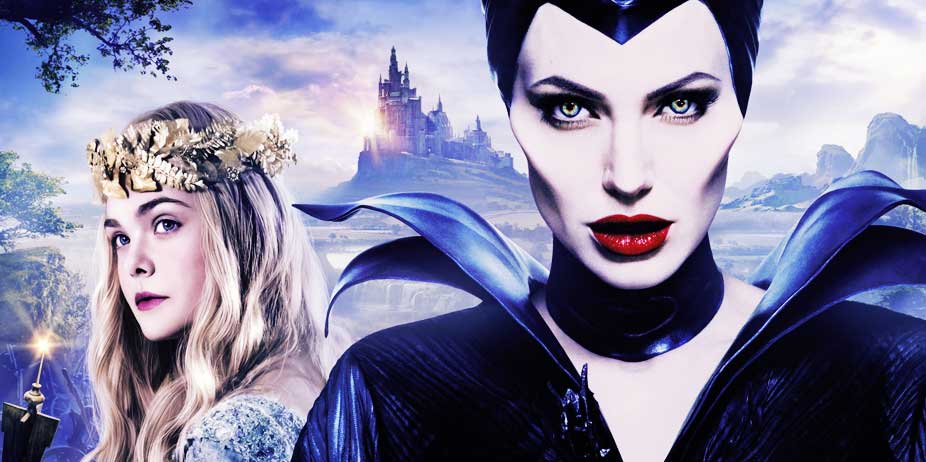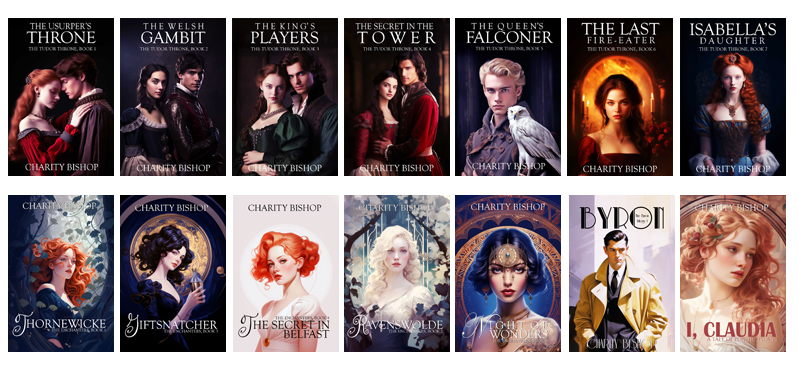
Maleficent: Mistress of Evil (2019)
Themes of redemption,
loyalty, forgiveness, self-sacrifice, and tolerance form
the moral center of Maleficent: Mistress of Evil,
which is a spirited adventure that explores a mother’s
love.
A human creeps into the enchanted forest and plunges
his hand into a hole after a Shroom, a small mushroom creature. Though a winged,
horned devil waylays his friends, the moral makes it back to the city across the
river with the angry little creature in his sack.
The recent disappearance of faerie folk has their
protector, Maleficent (Angelina Jolie), worried. She knows not where the
creatures have gone, only that humans took them. She does not ease her hatred
for them, when her adopted daughter Aurora (Elle Fanning) announces her
intention to marry one, Prince Philip (Harris Dickinson). In an attempt to
appease Philip’s parents, Aurora convinces Maleficent to accompany her to an
engagement supper. Maleficent locks horns with Philip’s mother, Ingrith
(Michelle Pheiffer), who insults her by insinuating it’s high time Aurora knows
the love of a “real” family.
Furious, Maleficent forbids the wedding. Her magic
explodes through the room. The king keels over… and the blame falls square on
her shoulders. Little does she know what discoveries await her, both in the
world of humans and a far-distant land where her own kind fly free…
I loved this film. It is magical from the first to
the last frame. It has humor and adventure, tearful moments and happy ones. Each
scene is beautiful to look at, and dripping with exquisite detail, from the tiny
fern pattern on Aurora’s blue dress to the faeries that blossom in flowers. It
is a little clumsy at first, and the faeries’ animation is not quite up to par,
but the story and its symbolism more than makes up for it.
There is no greater love than to give up your life
for a friend is a constant theme woven throughout the tale. Fae
throw themselves in harm’s way to protect their loved ones, their kind, or even
a semi-stranger. We witness the horrors un-forgiveness can wrack upon the world.
We see racial division, and two sides to a conflict. People and fae alike
advocate for peace to stem the racial divide. Others want war. Aurora shows her
human frailty by distrusting Maleficent, accusing her without proof, and being
too adaptable in her desire to have others like her. Maleficent must learn, once
more, to forgive and to stop a tide of violence.
C.S. Lewis said, “Someday, you may be old enough to read fairy tales again.” Fairy tales are evocative, spellbinding ways to teach moral lessons of goodness, self-sacrifice, and heroism. This one features love of the purest kind.
Sexual Content
None, apart from mild immodesty (fae men do not wear shirts; fae women
show bare midriffs).
Violence:
Winged faeries toss humans aside or cast them to
their deaths; vines snatch them up and hoist them in the air. The king mentions
two deaths in the outer reaches of the kingdom. The fae suffer the worst
casualties; the villain uses a combination of faerie dust and iron to dissolve
them in explosions of red dust. Some faeries disintegrate into ash; others
revert to their original non-magical form (trees and flowers). Iron bullets and
bolts out of crossbows hit, maim, and kill faeries, including a traumatic
sequence when Maleficent falls into the river and almost drowns.
Other:
Brief drinking. Maleficent blasts soldiers out of the
room with her fae powers and transforms her raven friend Diavel (Sam Riley) into
different forms. She turns someone into a goat as punishment. The villain uses
Maleficent’s spelled spindle to cast a curse. The Dark Fae mourn a faerie who is
dying and perform a ritual to help him pass into the earth as he breathes his
last breath. The flowers over faerie graves glow with an otherworldly magic.
